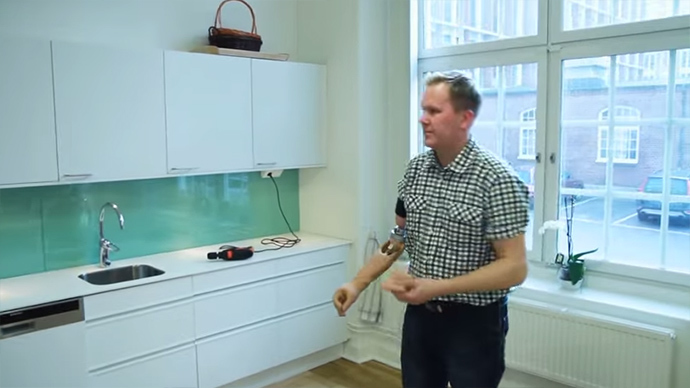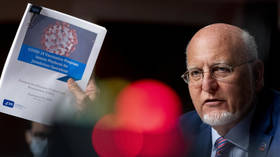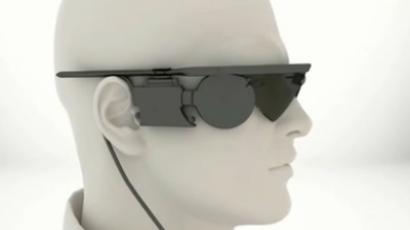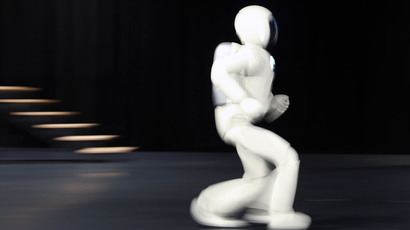First mind-controlled prosthetic arm can hold egg without smashing it (VIDEO)

The world’s first amputee to receive a prosthetic arm directly connected to his bone, nerves and muscles has managed to perform highly complicated tasks, all with the power of his mind, a recent study has revealed.
The 42-year-old patient, identified only as Magnus, lost his right arm over a decade back. He was originally fitted with a prosthesis that was controlled via electrodes placed over the skin.
In 2013, an osseointegrated (bone-anchored) prosthetic arm was fitted onto Magnus by researchers at Chalmers University of Technology in Gothenburg. Results of the revolutionary surgery were recently outlined in the journal Science Translational Medicine.
“We have used osseointegration to create a long-term stable fusion between man and machine, where we have integrated them at different levels," said lead study author Max Ortiz Catalan, research scientist at Chalmers University of Technology, Sweden.
“The artificial arm is directly attached to the skeleton, thus providing mechanical stability. Then the human's biological control system, that is nerves and muscles, is also interfaced to the machine's control system via neuromuscular electrodes. This creates an intimate union between the body and the machine; between biology and mechatronics."

Since the operation, Magnus has been able to perform his physically demanding job as a truck driver in the north of Sweden. According to a recent press release, he has managed to cope with all of challenges thrown his way, both professional and otherwise. Whether clamping his trailer load, operating machinery unpacking eggs or tying his children’s skates, his cybernetic digits have been up to the task.
In what one YouTube user described as a “wow moment” in bionics, a recent video shows Magnus completing a range of complicated tasks, including holding an egg without breaking it while waving and shaking his arm, using an electric drill, tossing a handkerchief from hand to hand, and taking a glass from a top-shelf cupboard.

In contrast, the video shows Magnus attempting to perform the same tasks with a prosthesis controlled by non-evasive but ultimately less effective electrodes placed on his skin.
Another video shows him actuating without the bionic arm directly attached to his body.
Feel switch
While the next step is to help Magnus feel through his
prosthesis, researchers in Cleveland, Ohio have created a
prosthetic hand allowing users to “feel” again.
A team at Case Western Reserve University (CWRU) and the
Cleveland Veterans Affairs Medical Center fitted two people
patients with peripheral nerve interfaces in their arms. By
sending electric signals to the implanted electrodes, sensors on
the hand successfully managed to convey a sense of touch
What’s more, Igor Spetic, one of the patient’s fitted with the interface, says he was able to distinguish between textures in 19 distinct locations in his hand.
“What I think is fascinating about this is that the perception of touch occurs in the brain, not in the hand itself. So losing the limb is really just losing the switch which turns that sensation on or off,” Dr. Dustin Tyler, associate member of biomedical engineering at CWRU said.
Artificial touch sensation also enhanced Igor’s ability to
control grasping strength of the prosthesis. It also boosted his
ability to and manipulate delicate objects. One positive and
unexpected side effect: the phantom pain that both Igor and the
other patient had felt since first losing their limbs has mostly
abated since the experiment got underway.
“The way I described it was, my hand was in a vice being
crushed, and it kept on going and going,” Spetic said.
He says now the pain “is just about 90-95 percent gone.”
Tyler says the applications of the new technology will have
benefits which will expand beyond amputees.
“I think this is the beginning, frankly, of a whole new era
of neural interfacing.”














